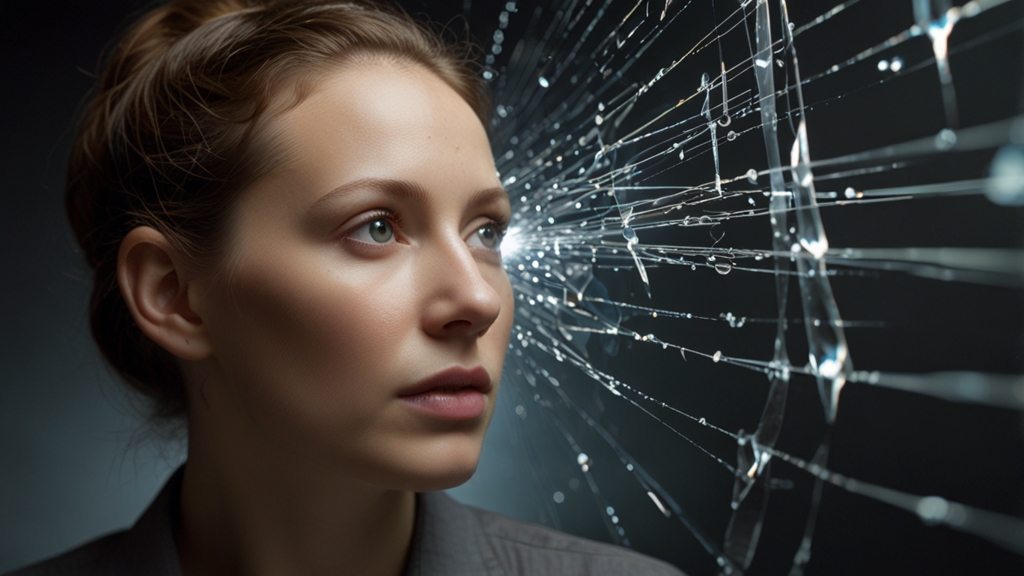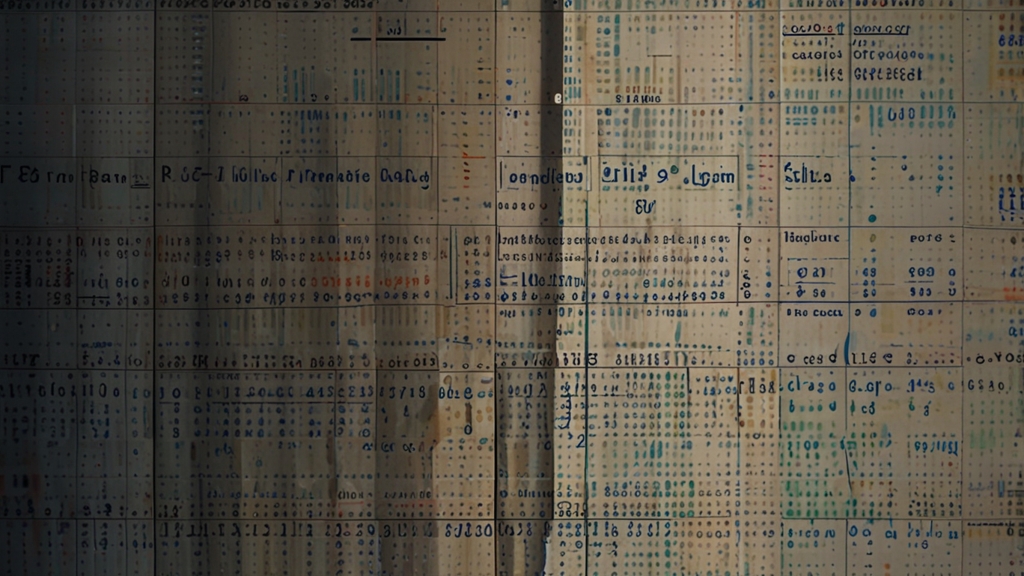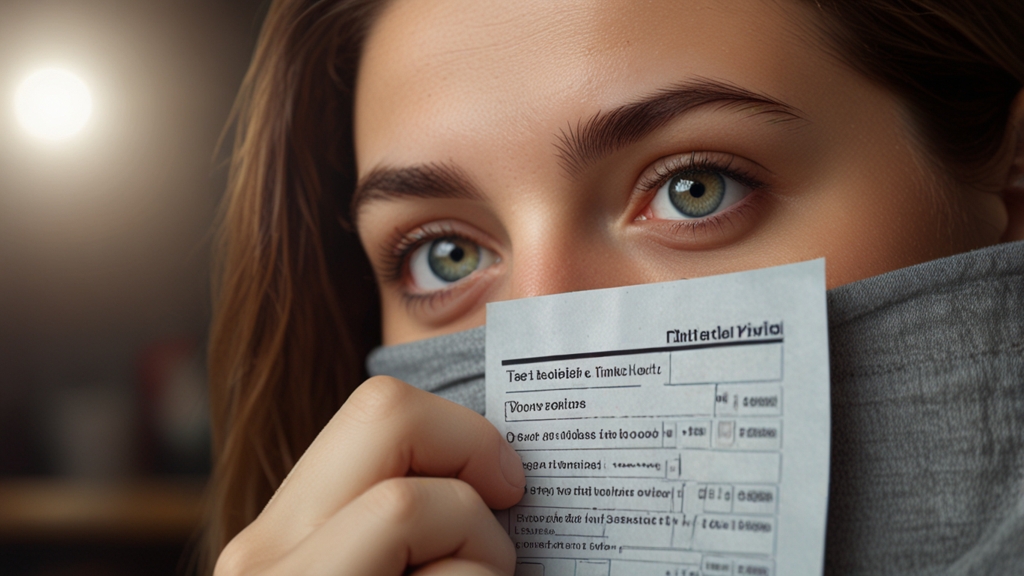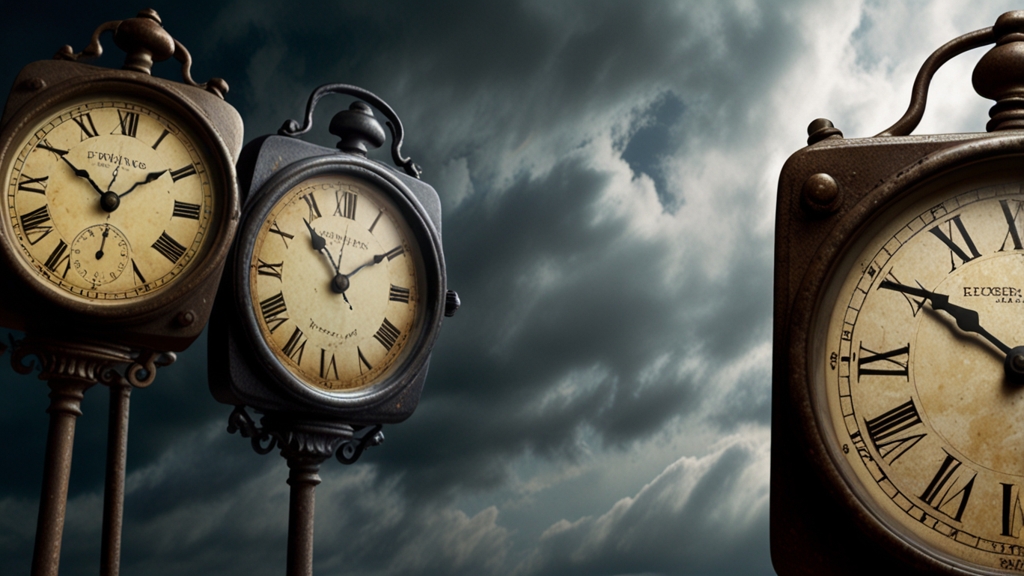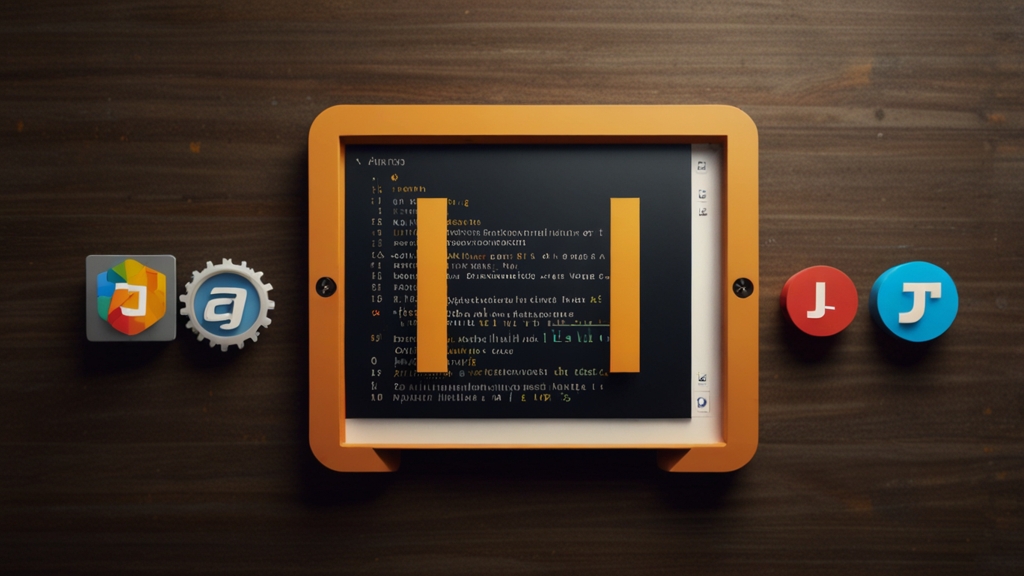Jaywalking? How Animals Are Tricking Our Traffic Systems
In urban and suburban areas, the interaction between wildlife and human-made infrastructure is often inevitable. One notable interaction that has gained attention in recent years involves animals and their surprising impact on traffic systems. From mischievous raccoons triggering traffic lights to wandering deer causing traffic jams, animals have increasingly started to interact with—and inadvertently outsmart—our designed traffic controls.
Automated Traffic Systems: Designed for Human Efficiency
Modern traffic systems are engineered with human behavior and urban planning in mind. Sensors, cameras, and traffic lights work in conjunction to promote a smooth and efficient flow of vehicles. These systems are finely tuned to interpret a variety of inputs, ranging from vehicular presence to pedestrian crossing patterns. However, they are not typically designed to factor in the unpredictable behaviors of animals.
Unexpected Triggers: Animals and Traffic Sensors
Traffic sensors, such as induction loops embedded in the pavement, are designed to detect the metallic mass of a vehicle. When a car passes over an induction loop, the change in inductance signals the traffic control system to alter the light phases. While this technology is highly effective for its intended purpose, it can be tricked by smaller, non-vehicular masses like wildlife. This can result in false detections that impact the flow of traffic.
"In one anecdote, a family of raccoons repeatedly triggered sensor-based traffic lights at a busy intersection, causing frequent and unnecessary changes in light phases. The local municipality eventually had to recalibrate the sensors to differentiate between small animals and vehicles."
Crosswalk Conundrums: Pedestrian Signals and Animals
Pedestrian crossings equipped with push-button signals are another area where animals have unintentionally disrupted traffic systems. Animals such as birds, dogs, and even large insects have been known to interact with these buttons. Once the button is pressed, the traffic system prepares to stop vehicle flow to allow for a pedestrian crossing, leading to unexpected traffic halts.
Moreover, motion sensors designed to detect human movement can also be fooled by animals. For instance, a motion sensor intended to activate a pedestrian light may detect a dog running across the street. Although the system believes a pedestrian is present, its activation disrupts the intended traffic flow.
"An amusing yet impactful instance involved a squirrel’s repeated activation of a pedestrian crossing signal in a small town. This led to minor traffic disruptions and eventually required city planners to adjust the sensitivity of the motion detection system."
Deer in the Headlights: Large Animals and Traffic Flow
Larger animals such as deer, elk, and moose present even greater challenges to traffic systems. While not directly interacting with sensors, their presence on the roads can cause significant disruptions. Drivers often slow down or stop entirely to avoid collisions, leading to traffic jams and increased risk of accidents. Traffic systems, which are typically designed to maintain efficiency, suddenly become a chaotic scramble when these large animals enter the scene.
Adapting to Wildlife: Solutions and Innovations
Given these interactions, urban planners and engineers are continuously seeking solutions to minimize animal-induced disruptions. Some innovative measures include:
- Animal Detection Systems: Implementing thermal and infrared sensors that specifically identify animals can help differentiate them from vehicles and pedestrians.
- Wildlife Crossings: Constructing overpasses and underpasses exclusively for wildlife reduces the chances of animals coming into contact with traffic systems.
- Smarter Algorithms: Enhancing traffic control algorithms to account for the presence of smaller, less consistent masses can further refine sensor accuracy.
Conclusion: Coexisting with Wildlife
As our world becomes increasingly urbanized, the interaction between wildlife and human infrastructure will continue to be a pertinent issue. While animals may unintentionally trick our traffic systems today, ongoing advancements in technology and urban planning aim to mitigate these effects. Through innovative solutions and adaptive measures, we can strive to create a harmonious coexistence between animals and the human-built environment, ensuring that our traffic systems remain efficient and safe for all.



